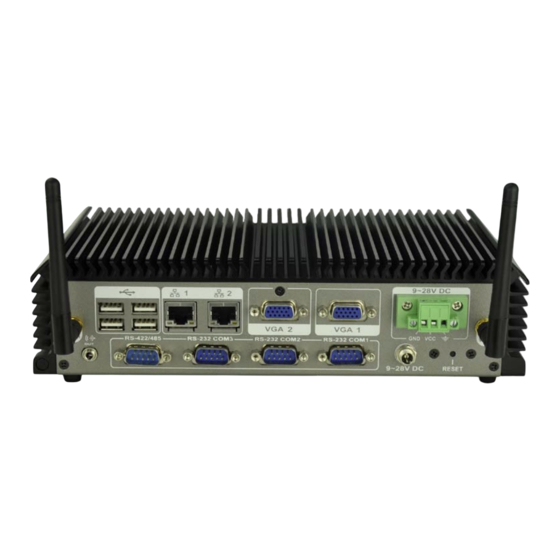
IEI Technology ECN-360A-D2550 Manuals
Manuals and User Guides for IEI Technology ECN-360A-D2550. We have 1 IEI Technology ECN-360A-D2550 manual available for free PDF download: User Manual
IEI Technology ECN-360A-D2550 User Manual (141 pages)
Embedded System with Intel dual core Atom D2550 Processor, Two VGA, Six USB 2.0, Four COM, GbE and RoHS Compliant
Brand: IEI Technology
|
Category: Computer Hardware
|
Size: 3 MB
Table of Contents
Advertisement
Advertisement
Related Products
- IEI Technology ECN-360A-D2550/2G-R10
- IEI Technology ECN-360AW-D2550/2G-R10
- IEI Technology Enano-8523T
- IEI Technology ECN-680A-H61
- IEI Technology ECN-360A-ULT3-i5/4G-R10
- IEI Technology ECN-360A-ULT3-CE/4G-R10
- IEI Technology ECN-360A-HM65
- IEI Technology ECN-360A-HM65/4G-R10
- IEI Technology ECN-360AW-HM65/4G-R10
- IEI Technology ECN-360A-ULT3-CE/WD/4G-R10
